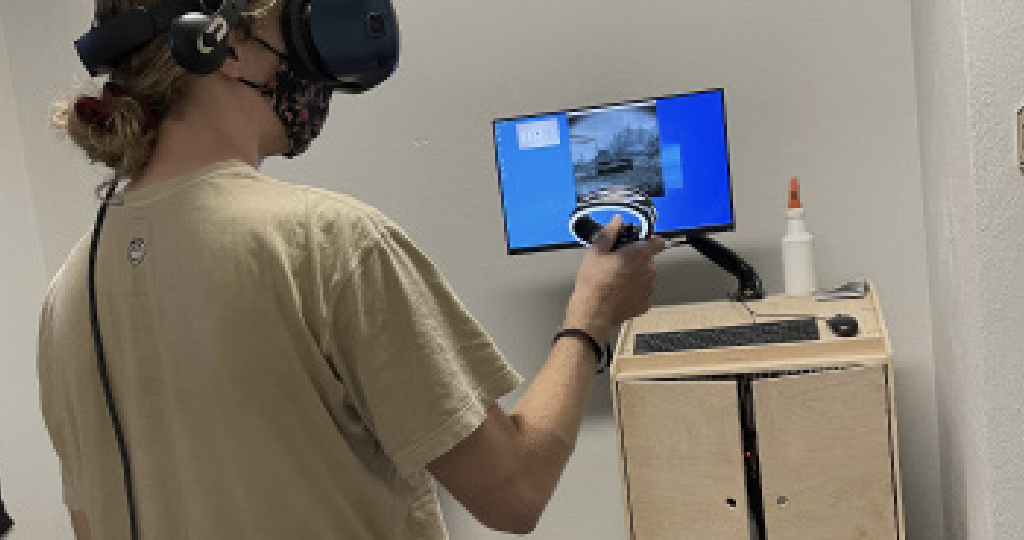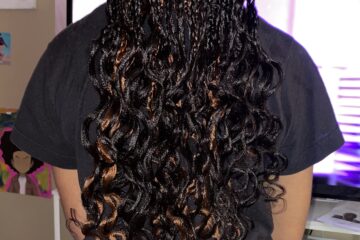In the last year, the Department of Fine Arts at Winthrop acquired an HTC Vive, one of the latest pieces of virtual reality hardware, with the goal of giving its students the chance to design and create virtual art and exhibits.
“I was interested in the potential ability of this technology to enhance teaching and research in art history,” said Kyle Sweeney, assistant professor of art history. “After some experimentation, I decided to integrate virtual reality into my course ‘The Medieval City,’ where students study the layout and architecture of medieval cities.”
Students were able to explore several pieces of medieval architecture across Europe using Google Earth’s virtual reality integration, where users can upload three-dimensional photoscapes, which can then be explored in virtual reality. As these places were explored in virtual reality, students reported achieving a deeper understanding of the spatial elements of the architecture they were viewing as compared to other forms of media.
“It has been difficult to travel due to the pandemic,” Sweeney said. “And virtual reality gives students the chance to experience these places in a way that reading, photography, or video simply cannot convey.”
Students were also able to examine the way that medieval architecture has influenced design choices in modern media, especially in fantasy settings like that of the video game “The Elder Scrolls V: Skyrim.”
“Many of the cities in Skyrim actually take their design directly from the layout of medieval cities,” Sweeney said. “It’s an excellent learning opportunity.”
Students having the chance to walk through these virtual cities and experience them in such a visceral way gave them the opportunity to experience medieval architecture in action and put them in a position to better understand the decisions made behind certain choices in design.
There are plans in the future for students to build their own virtual exhibitions using Artsteps, a web-based software that allows users to create virtual art in three-dimensional spaces. An upcoming exhibition will be of stolen artworks, in which visitors will be able to examine and learn about various pieces of stolen artwork and interact with them in a way that is no longer possible.
There is currently a virtual reality space open to students through the College of Visual and Performing Arts’ “CreatorSpace” in Rutledge G26. The hardware there is the same as the hardware used by Sweeney and his students and is available for students to experiment with throughout the week.




